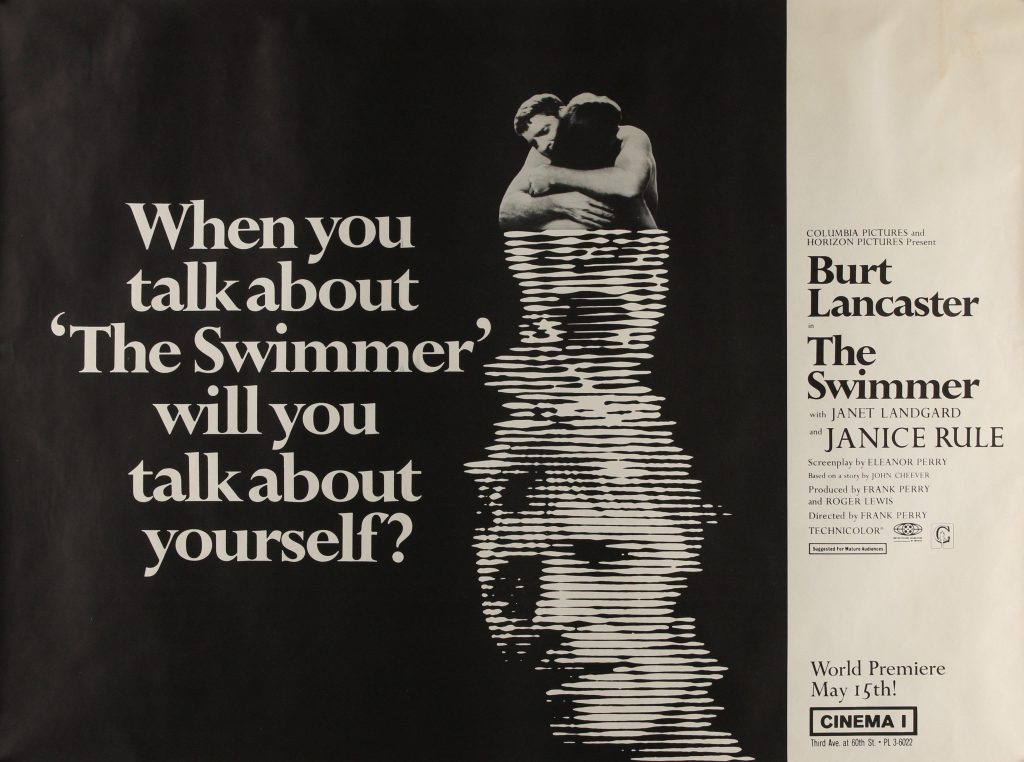Top Gun (released 35 years ago this week) is one of those movies about the military that really tries to be surreptitious about its jingoism. A lot of “who, me?” energy. They want you to focus on Maverick and Goose playing shirtless volleyball on the beach, or Tom Cruise romancing Kelly McGillis, and of course, cool flying sequences that are less about war and more about showing off in the sky. But all the shiny, fun stuff on the surface of Top Gun only serves as a smokescreen for the fact that it exists almost exclusively to boost recruitment for the US military. Look, anyone who says “follow the money” is obviously going to come across as a shady conspiracy theorist, but seriously…follow the money. Top Gun is one piece in a much larger initiative from the 1980s to rehabilitate the negative image of the American military after disastrous, cynical interventions in Vietnam and Latin America that would define action films of the previous decade.
There was a time, pretty much as soon as it became clear that the United States was not going to win the Vietnam War, when Hollywood was mostly down on the military. A series of films framed the US military as exploitative, sending young men to die or come home traumatized and unstable all in pursuit of a pointless war. Even the first Rambo doesn’t paint Rambo’s military experience in a positive light: he is portrayed as a man who has been thoroughly abandoned by his government, and although he’s back home, it’s clear that there’s no place for him, or rather, for what the army has shaped him into. The Deer Hunter features one veteran who is unable to emotionally connect with the people he left behind, one whose body is physically ravaged by his war experiences, and another who chooses not to return to America at all, instead engaging in the Russian roulette games that reflect the senseless and indiscriminate violence of Vietnam. Other films from the era (Coming Home, Cutter’s Way, Rolling Thunder) showcase an aimlessness and betrayal felt by returning vets, who were asked to sacrifice so much without any tangible benefit.

But then the 1980s roll around, complete with a Reagan presidency. For obvious reasons, Reagan has strong connections with Hollywood (in addition to his lackluster film career, he was president of the Screen Actors Guild through the late 1940s and early 1950s.) And President Reagan is particularly interested in ramping up the fight against communism, wanting nothing less than complete victory over the Soviet Union. So he works with Hollywood to create messaging that supports a new-and-improved vision of the American military, full of strong, confident, red-blooded soldiers who save the United States from the communist threat. Red Dawn, Invasion USA, Missing in Action, and Rambo: First Blood Part II are all prime examples of this narrative, one that not only depicts an aspirational US army of the future, but effectively works to rewrite the failures of the past. After years of films that captured a strong anti-war sentiment, there was more of an appetite for fervent patriotism and an optimistic view of what the American military could accomplish in the world.
Top Gun does more than just further this conversation in American cinema: it has a vested interest in boosting recruitment among young people in the United States. Through its depiction of a group of naval aviators training at TOPGUN, the Naval Fighter Weapons School, it develops an image of soldiers as the height of masculinity – macho heroes who play by their own rules and can’t be tamed even by their equally strong-willed instructors. By glorifying the lives of hotshot Navy pilots, Top Gun prompted a massive enlistment boom, leading the Navy to set up recruitment booths outside some theaters in major cities to take advantage of cinemagoers’ newfound zeal for naval aviation. “We are getting what we want out of it, which are recruits,” said a member of the Navy public affairs office, based in Los Angeles to better liaise between the film industry and the US military.

The impact was immediate. The aviation sequences evoked a spirit of vitality that would capture the hearts of audiences, especially the young male demographic it was so determinedly focused on. Top Gun went on to become the highest grossing film of 1986, was nominated for three Academy Awards (Best Sound Effects Editing, Best Film Editing, and Best Sound, respectively), and it is credited with inspiring a generation of pilots to take flight. The film is so popular among trainees at the real TOPGUN flight school that recruits are fined every time they make a Top Gun reference.
Top Gun was hardly the first film to receive significant investment from the Pentagon, but it may have been the one to most successfully complete its objective. And with its sequel coming out this summer, facing a country saddled with seemingly unending conflict in the Middle East and horrific allegations of war crimes, it remains to be seen if it will serve as a pro-military agent once more.



